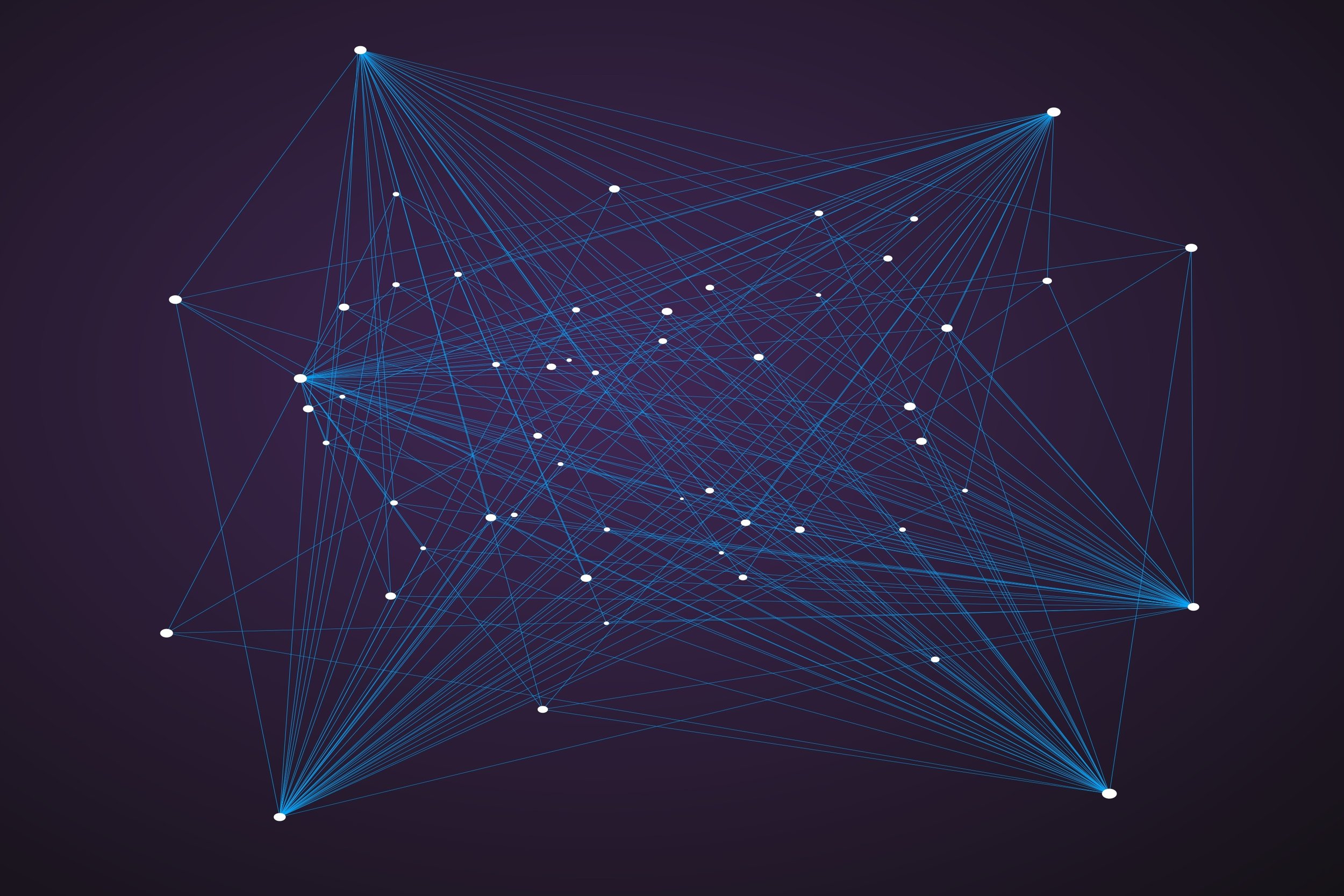Fractals are entities that are "self-similar" — they look the same under different levels of magnification; the parts that make it up look the same as the larger shape.
An example of a fractal is the Koch curve (like the figure below), which can be made using a simple algorithm: Take away the middle third of a line segment and insert two segments of the same length as the one that was removed, placed such they would form an equilateral triangle with the removed segment. Repeat this procedure with each of the segments that now make up the curve.
Fractals get their name because they can be seen as having fractional dimension. Length, area and volume measure the size of one, two and three dimensional shapes respectively. If we use a ruler to measure the length of a Koch curve, the length we find depends on how long the ruler is. The shorter the ruler, the longer the length we measure, because a longer ruler cannot "get inside" smaller indentations in the shape. The fact that the shape never becomes smooth, that we can always find new length measurements by using smaller and smaller rulers, means that a Koch curve is infinite in length, yet it covers no area; thus, it has a dimension between one and two (specifically, its dimension is d=ln(4)/ln(3)~1.2619).
Fractals can also involve randomness, so that the similarity of parts to the whole can be of a statistical or average nature, rather than each piece being strictly identical at any scale. An example of a fractal-like shape found in nature is a coastline. How long is the coastline? Just as with the Koch curve, the length of the coastline depends on how long a ruler is used to measure it because there are inlets and peninsulas of many different sizes.
Other shapes that have fractal-like properties include trees and other branching structures, hierarchical organizational structures, and time series like stock market averages. In each case, amplifying or enlarging a part makes it look similar to the whole because the internal structure (or time dependence) of each part is similar to the structure of the entirety.
Fractal shapes are important in modern science (since the 1970s) because much of traditional scientific thought is based on calculus, which assumes that everything becomes smooth when observed at a fine enough scale. The recognition that there are characteristic shapes that do not become smooth was important. The realization that these shapes can be observed in nature and studied and analyzed mathematically has led to great changes in science.
Related concepts: scale, separation of scales, chaos, chaos and fractals, complexity at different scales, complexity profile
Copyright © 2011 Yaneer Bar-Yam All rights reserved.
Coastline of Cape Cod, MA. Zooming in or out, measuring with shorter or longer measuring sticks, would result in different length measurements.


